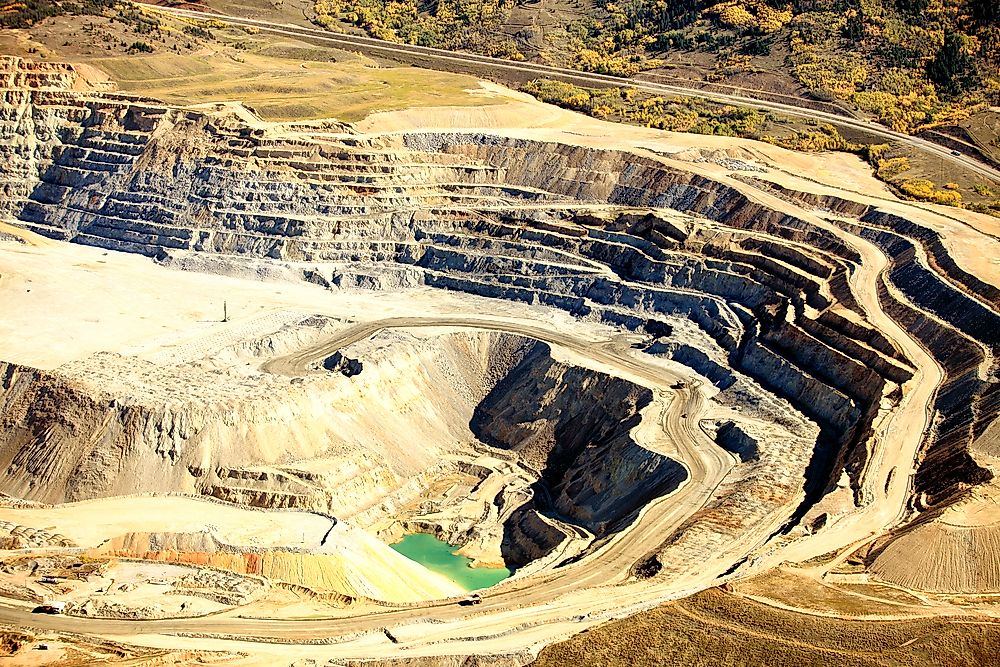What Are The Sources And Effects Of Copper Pollution In The Environment?

Copper is a metal that is excellent at conducting heat and electricity. It occurs naturally in metallic form and has been in use since circa 8000 BCE. All living organisms need copper as it is a primary constituent of cytochrome c oxidase, which is a respiratory enzyme. In humans, traces of copper are in the bones, muscles, and liver, whereas in some organisms such as crustaceans, the metal is a constituent of hemocyanin in their blood. Copper has many applications in the world, and an excess of it can affect the environment and humans negatively.
Sources Of Copper Pollution
Copper pollution in the environment comes from human activities and natural sources. The excavation of copper in mines creates dust rich with the metal and wind can spread it around the mine site. Manufacturing companies dealing with copper in the production of metal, electrical appliances, pesticides, fungicides and other products containing copper often release contaminated water into the drainage system which leads to streams and other water bodies. The use of pesticides such as “Bordeaux mix,” a fungicide using this metal, also introduces more copper compounds into the environment and may affect humans consuming unwashed fruits or vegetables sprayed with such pesticides. In buildings, copper used in plumbing dissolves gradually and adds the metal into the water supply. Other sources of copper pollution include fossil fuel burning, used motor oils, paint, and wearing out of brake pads. In rare cases, copper IUDs, a non-hormonal form of birth control, have been identified as the cause of copper poisoning in individuals.
Environmental Effects Of Copper Pollution
Excess copper in the soil creates a toxic environment for most micro-organisms such as bacteria. Copper toxicity in the soil inhibits the mineralization of nutrients such as phosphorus and nitrogen since the metal gets attached to minerals and organic matter. Animals absorb copper when feeding in contaminated ground, leading to poor health. An excess of copper in the water has adverse effects on aquatic life, with damage to freshwater organisms such as fish. Copper damages the kidneys, nervous systems, and livers of most water creatures.
Effects On Human Health
Humans require low levels of copper to maintain good health. When the metal builds up to high levels in the body, health is affected. Copper toxicity manifests in liver cirrhosis in children with has been linked to the use of copper cookware in boiling milk. Exposure to high levels of copper may cause nausea, diarrhea, chest pains, and irritation of the respiratory tract. Damage to the brain occurs through untreated Wilson’s disease, which is an inherited condition that inhibits the excretion of copper into the bile by the liver. According to the US Department of Health and Human Services, very high copper doses can damage the kidneys and liver and may lead to death. There is also a correlation between some aging effects and excess copper.
Prevention Of Copper Pollution
Prevention of copper pollution in industries involves different strategies. Material substitution can help reduce copper pollution through the use of less or non-toxic materials. Other prevention methods in industries include product redesign and process improvement. The latter involves good maintenance programs and increasing the efficiency of the equipment. Pollution Prevention and Control in the UK controls the release of copper. In the US, the State of Washington banned copper-based paint on recreational boats in 2011.











